|
This exercise loosens the costovertebral joints, which are the joints between the spine and ribs. The tightness of these joints causes stiff neck and shoulders when the upper part gets tight, pain between shoulder blades when mid part gets tight and low back pain when the lower part gets tight. These.joints tend to get tight by doing deskwork for a long time or from rounded shoulders. Please try this exercise when you feel your back tight. It is easy and effective and takes only 10 seconds.
5 Comments
This exercise loosens the joints between the ribs and the sternum (Fig below). If you have tightness in your shoulders and neck, breathing problems like shallow breathing or difficult breathing, depression related to autonomic nervous system, this exercise can improve those symptoms by loosening the chest. Low back pain is sometimes caused by the tightness of the chest because when the chest is tight, it is hard to bend your back backward. This exercise is very easy and you can see the good result instantly, so please try. Rounded shoulders causing stiffness in the neck and shoulders are also caused by the tightness in the chest. The following video introduces how to loosen up the chest to improve rounded shoulders, so it will be more effective if you try this method with the self-care method that loosens the back introduced in the previous post: [Self-Care] For Stiffness in Neck and Shoulders Caused by Rounded Shoulders This self-care method is very easy, so you can do this in a short time, within 30 seconds. I will share a self-care method for stiffness in the neck and shoulders caused by rounded shoulders. Rounded shoulders not only causes stiffness in the neck and shoulders but also causes difficulty of raising the arms. This self-care method loosens neck and shoulder area and improves rounded shoulders by correcting the location of the shoulder blades. If you feel tight around your shoulders when you open your chest, please try this self-care method. [Self-Care] 2 Acupuncture points Improve your Neck Pain and Low Back Pain while watching TV4/20/2021 Today I want to introduce 2 acupuncture points to improve your neck and low back. I often use these points in the clinic, so some of you may be needled at these points before. You can do this self-care watching TV or so. Let’s Improve Neck Pain and Low Back Pain within 30 seconds! One is for neck and shoulder pain tightness. The acupuncture point is called Lung-7. Check the tightness of your neck and press the point. You should feel that your neck has loosened, and you can turn your neck farther than before pressing the point. For detailed method of checking and pressing, watch Video. Another is for low back pain and tightness. The acupuncture point is called Small Intestine-3. Before pressing the point, bend your body forward and backward to check the flexibility of your low back. After pressing the point, you should be able to bend farther. This self-care is explained in the video in detail. Check the video for more information like how to find the points and how to check the neck and back before and after. When you have tightness in your neck and shoulders, you might massage or tap the tight area and feel better and you could raise your shoulder higher right after that. Check a minute later how high you can raise your shoulder. It should back to the same height as before massaging or tapping or you can only raise your shoulder lower than before. So please try the following self-care method. But the most important thing is do it gently. If you can do this self-care gently, you should feel the improvement, but if you do it with strong stimulation, the same thing I talked above happens. If you already learned this self-care at the clinic, please review where to hold and how gentle you have to apply the stimulation to make better results. Gentle twisting of your hand loosens and strengthens the neck, shoulder and arm I often teach my patients this self-care for their homework. This self-care is easy and effective, but if you can't do it gently, it doesn't work. It is important to do this as gentle as you think it seems like not working. It is interesting to check which makes your body better, strong stimulation or light stimulation. This self-care focuses on more neck and shoulder area, but can change the tightness in your low back if you can do it gently. I think a lot of people feel tight on their neck when they tilt their neck to either side because of desk work or other reasons.
This is caused by the tightness of the muscle on the sides of your neck, which is called SCM (Fig. 1). There might be a lot of people who massage the muscle of the neck, but you couldn’t quite loosen it up. So I want to share where to rub to loosen up the muscle. When you rub a part of your head, you can make this SCM softer and it gets easier to tilt to the side. Where you need to rub is the coronal suture shown in Fig. 2 as yellow lines. The location of the coronal suture is 4 fingers from the top of the head where is the center of the tips of the ears. When you slide your fingers back and forth on the suture, you feel slight bumps. That is the coronal suture. If you feel tight on your left side of your neck when you tilt your neck to the right, rub the left side of the coronal suture, moving the tips of your fingers over the suture back and forth. You don’t need to press too much. The good pressure is as strong as your nails don’t become white. This is also good if you feel tightness on the area between the neck and the shoulder. Tele-Acupuncture is a kind of Telemidicine that is scientific long distance treatment using visual information and the theory of Acupuncture medicine. The following is a case of Tele-Acupuncture treatment. A woman in her 40s was complaining about the pain in her right neck and shoulder area to her right chest when she moved her neck since 5 days ago. First, I asked her to move her neck. When she turned her neck to the right, looked down and tilted her head to both sides, she felt pain in her right shoulder to her right chest. I scanned and regulated the energy on the center line of her body with finger-needles through the screen, while she was sitting on a chair, facing to me. Then I asked her to check if she still felt pain by moving her neck. She said she still felt pain when she tilt her head to the right. So this time I scanned and regulated the energy on her right side from the neck to lower abdomen and then on her left side. I asked her to check again and she didn’t feel any pain around her right shoulder to her right chest when she tilted her head to the right. At this point, there were no pain, but I asked her to turn around and show her back to me. I scanned the center line and both sides of her back and regulated the energy, especially around her low back to buttocks because she told me she had had pain in her right hip to leg the day before this session, though there was no pain at the time of the session. 2 days later she had the second session. She still felt tightness on her right shoulder to upper back with turning and tilting her head to the right, though pain in her right chest disappeared. So I did the same treatment. When I finished the treatment on her front side, the tightness from her right shoulder to her upper back with the movement of her neck was already gone. I also scanned and regulated the energy on her back and finished the course of Tele-Acupuncture treatment for the pain in her right neck, shoulder and chest. Book and try the effect of Tele-Acupuncture: Online Appointment For more information about Tele-Acupuncture, click HERE! Stiff neck and shoulders In summer, we tend to stay in an air-conditioned room and keep cooling our body. That stiffens the blood vessel and the muscle, causing soreness around the neck and shoulders. But that can be a sign of heart diseases. The organs don’t have a lot of nerves not to affect our daily life. For example, if the heart have a lot of nerves, we have to react to every heartbeat. Instead, the spine where is the same level as the organ detects pain or other symptoms. The level of the heart at the time of fetus is the same as the shoulder, but it lowers as we grow, so at the time of pain in the heart, we feel the pain around the shoulder (Fig. 1). We have to know that at the beginning stage of heart attack, the shoulder gets painful, especially the left shoulder close to the heart often gets painful (Fig. 2). How to distinguish heart diseases from a shoulder joint problem When you move your shoulder, if the pain gets worse, it is more likely to be caused by stiff neck and shoulders, and if the pain doesn’t change, it can be caused by heart diseases. According to a recent research, the cause of stiff neck and stiff shoulders are different.
Stiff shoulders are caused by the stiffness of the trapezius muscle which is the shallow layer of the muscles in the upper back. On the other hand, stiff neck is caused by the tension of the suboccipital muscles which are the deep layer of the muscles in the back of the neck (Fig. 1). The causes of stiff neck are: (1) Posture For example, when you look at the screen of PC, you bend your body a little forward and lift your head backward. This posture tightens the suboccipital muscles and leads to stiff neck (Fig. 2). (2) Eyes In an experiment, people without stiff neck watched a rally in the table tennis and followed the ball for an hour, sitting beside the table-tennis table and fixing their neck. After the experiment, their suboccipital muscles became harder than before the experiment. Why does moving eyes tighten the suboccipital muscles? When we move our eyes, our face also moves slightly and the place where controls this movement is the suboccipital muscles. The screens of smart phones are very small, so it seems like the eyes don’t move. But actually our eyes move on the screen and we look down to the screen. That tightens the suboccipital muscles (Fig. 3). Exercises to loosen the suboccipital muscles The following exercises are more effective when they are performed lying on your back because the neck can relax. 1. Shaking-Head Exercise (Fig. 4) (1) Close your eyes. (2) Turn your head right and left slowly (3 seconds each) within 45 degrees. (3) Repeat 20 reps for 3 times a day. 2. Nodding Exercise (Fig. 5) (1) Prepare low pillow or towel and close your eyes. (2) Chin up slowly (3 seconds) not to tighten the muscles and return to the original state. (3) Repeat 20 reps for 3 times a day. It is important for both exercises not to tighten the muscles. 3. Tucking-Chin-In Exercise (Fig. 6) (1) Tuck your chin in for 3 seconds and relax. (2) Repeat 10 reps for 3 times a day. |
IchiroThis Blog is for a memo of my clinical realizations, information about health I have learned recently and update information. Archives
April 2024
Categories
All
|
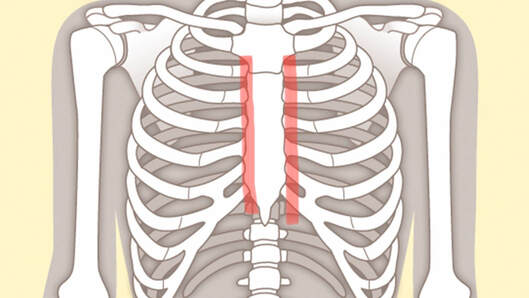
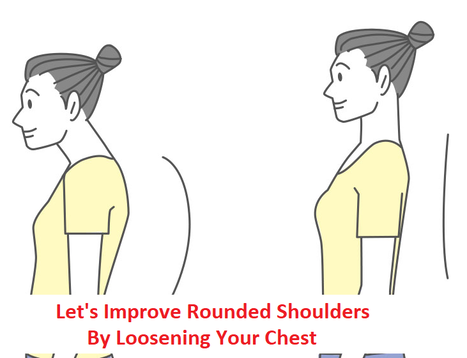
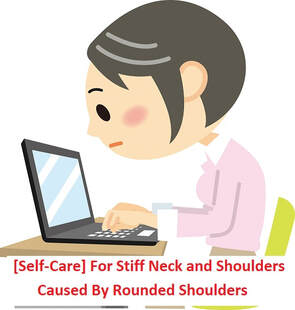
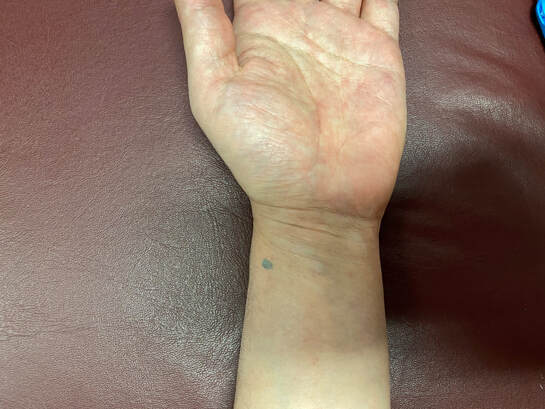
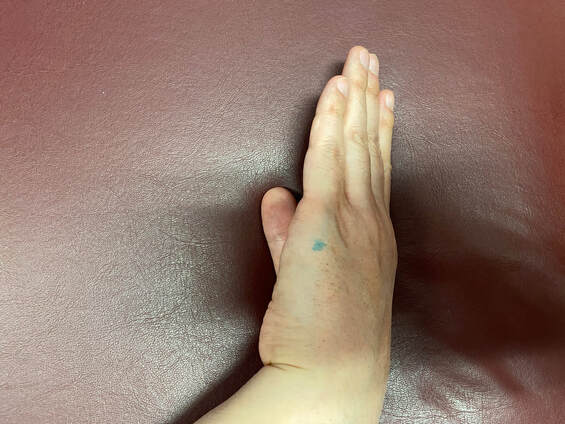
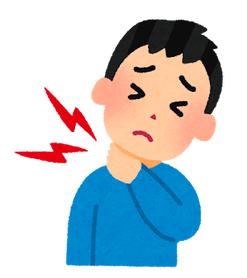
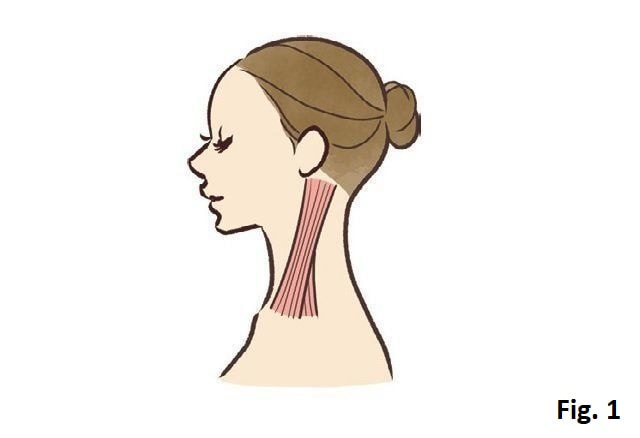
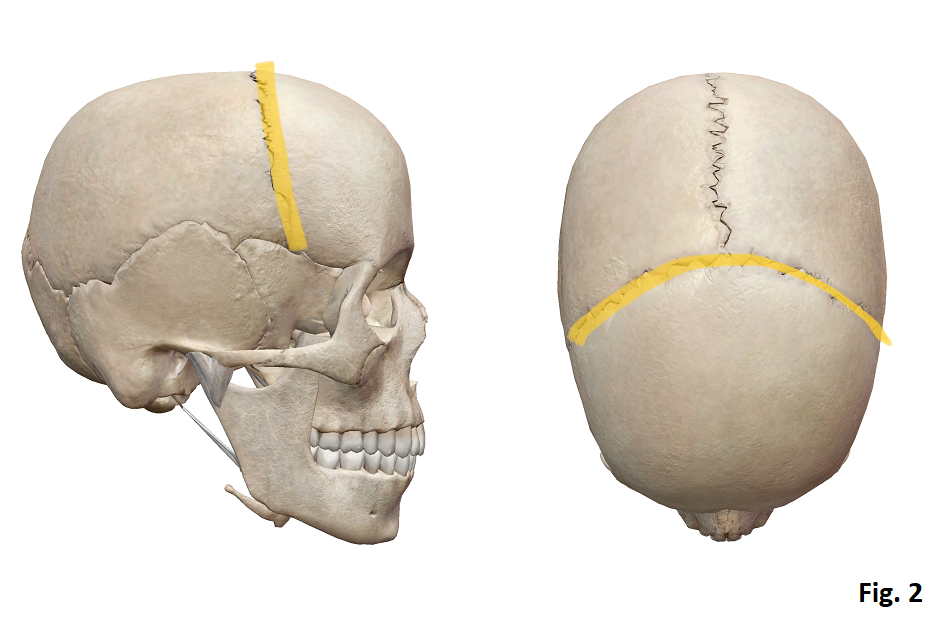
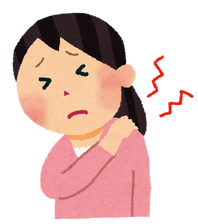
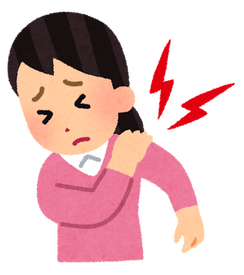
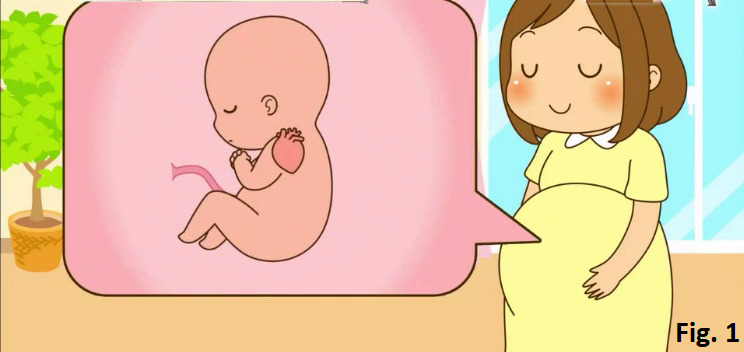
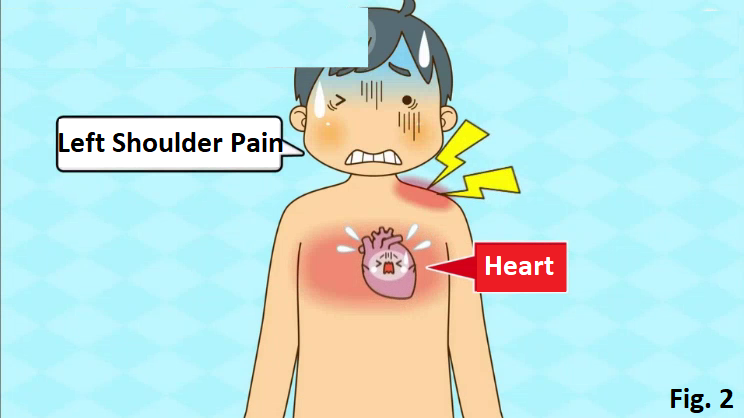
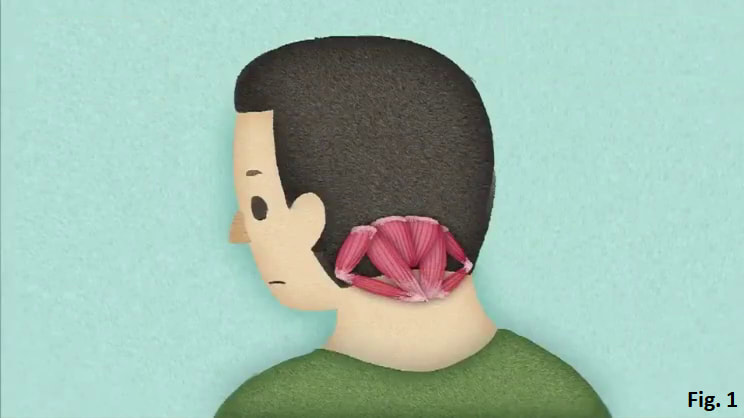
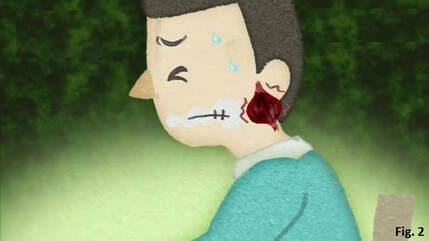
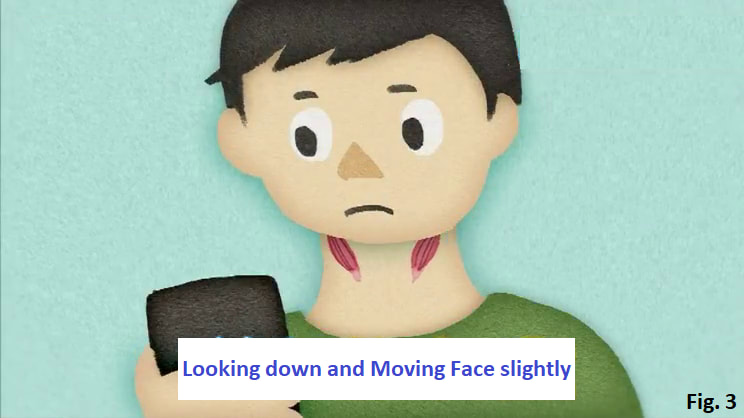
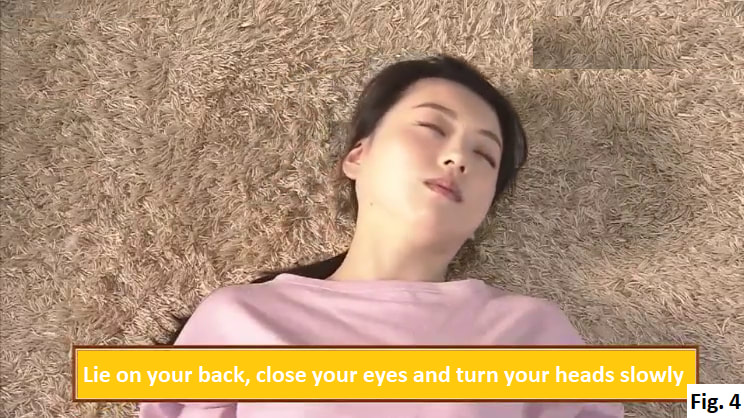
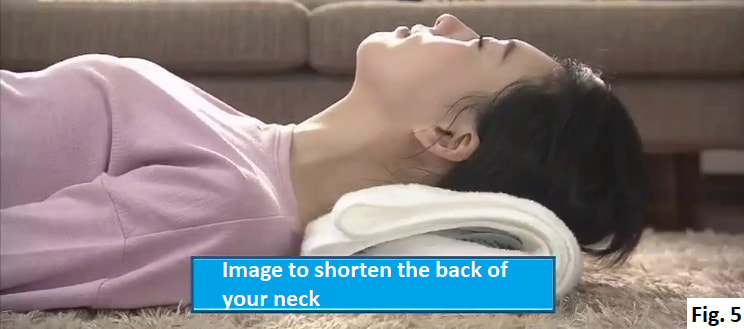
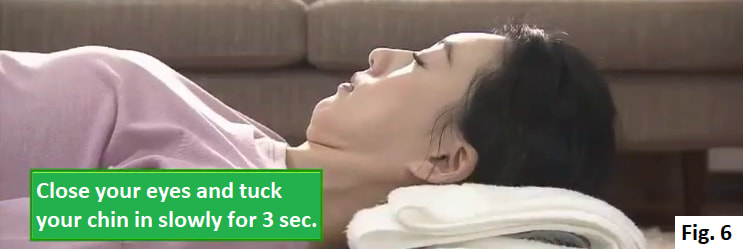
 RSS Feed
RSS Feed